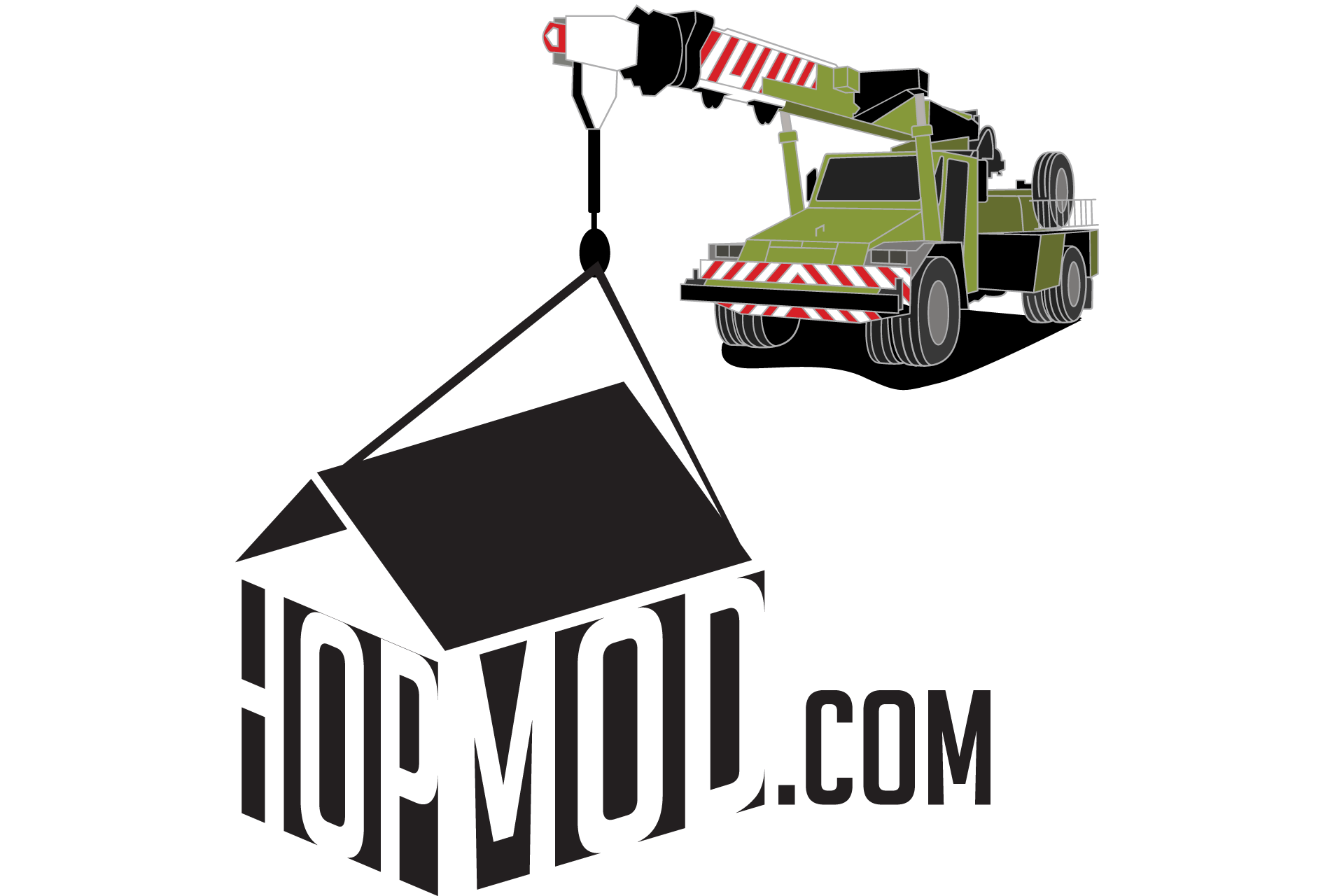The use of eco friendly modular homes as an excellent approach to literally minimize the footprint of your home. However, contrary to popular assumption, a small home is not necessarily more environmentally-sustainable than a regular sized home. So what incorporates prefabricated structures and modular home office pods? Are they intrinsically less harmful to the environment and a better choice for environmentally-conscious homebuilders? Here’s where we fill the gaps.
The modular construction Australia has experienced a tremendous growth spurt in recent years. Due to the plethora of advantages that modular buildings have over traditional structures, it is understandable why the industry has experienced such exponential rise. Aside from these perks, choosing eco friendly modular homes over traditional ones constitutes a substantial step forward in the fight for a sustainable future.
Apart from offering excellent environmental sustainability, these buildings also have innovative eco-friendly design concepts and a greater potential for the responsible use of building materials than other types of structures. In order to become more acquainted with eco friendly modular buildings, we must first examine the features and benefits that these structures have to offer.
What are Modular Homes?
More and more people are becoming aware with the concept of modular homes. There are various names for them — some people pertain to them as system-built homes, while others refer to them as prefab homes, but they are all fundamentally the same thing. Building a modular home is similar to building a traditional home, except that it is done indoors, or rather offsite, and then the finished product is transported to its permanent foundation.
Manufacturers construct this style of housing in modules, which are often assembled in a factory setting. Modules are interconnecting elements of the house that will be joined together on the construction site after they have been delivered to the premises. The number of modules required is typically determined by the size of the house.
Why Switch to Eco Friendly Modular Homes?
1. Uninterrupted Workflow and Installation Process
According to the size and sophistication of the building, the construction process might take anywhere from several months to several years. Eco friendly modular homes are known to have a substantial advantage over conventional techniques of construction in terms of speed of construction and installation, as well as overall cost savings.
The components that will be used to construct the structure are constructed in a controlled environment that is separate from the site of construction. The result will be a significantly more efficient workflow as fewer barriers will be there to obstruct the construction process. This allows you to maintain consistency in both quality and construction time, which allows you to estimate the end of the work with greater confidence.
Building and installation are simplified, which might be beneficial in regions where it is impossible to use standard construction methods, such as in remote areas. The affordable housing scarcity can be addressed directly through the use of environmentally friendly modular buildings, which can be completed in less than half the time and at a lower cost than traditional construction methods.
A new strategy, such as modular buildings, is needed to quickly address the problem of rising rents in populous areas, which is being created by the increased demand for housing. With a sufficient number of residential structures, the average rental prices will fall significantly.
2. Decreased Potential for Noise Pollution
Noise pollution is kept to a bare minimum because the vast majority of eco friendly modular homes construction is completed off-site in controlled manufacturing conditions. Excessive noise generated on construction sites is not only irritating and unpleasant — it may also cause hearing loss, blood pressure rises, sleep problems, and high stress, not just for those working on the site but also for those living in the surrounding area. Therefore, modular construction is extremely advantageous in a variety of settings such as hospitals, schools, and offices.
3. Reduced Transportation Emission
The transportation emissions associated with conventional construction are considerable due to the use of heavy machinery and the movement of several people back and forth to the construction site. In addition, because modular construction involves the majority of the work being completed in a factory, the amount of emissions generated on-site is reduced significantly.
4. Labor Cost Cutting
One of the most noticeable, if not the most contentious, advantages of eco friendly modular homes is the need for less-skilled workers throughout the construction process. It can be claimed that if this is adopted on a large scale, it will result in a significant reduction in the number of construction employment available. However, it is crucial to note that it will also create more opportunities than it will eliminate. The availability of skilled workers is already in short supply when it comes to conventional building projects, and this can result in significant cost increases to the overall project prices.
Finding skilled personnel will also lengthen the time it takes to complete the project, so plan accordingly. Due to its ability to attract individuals who appreciate secure work environments and projects that are logistically sound, the modular project can help to ensure that qualified personnel remain in their fixed roles. If labor is handled efficiently and logistically, there is the potential to save a considerable percentage of construction costs on a project’s budget.
Convinced to have one prefabricated for your own space? HOPMOD has it for you! We are dedicated to be part of your estate endeavors. We love making your ideals and visions into a reality. Leave us a message and let’s get things working!


Recent Comments